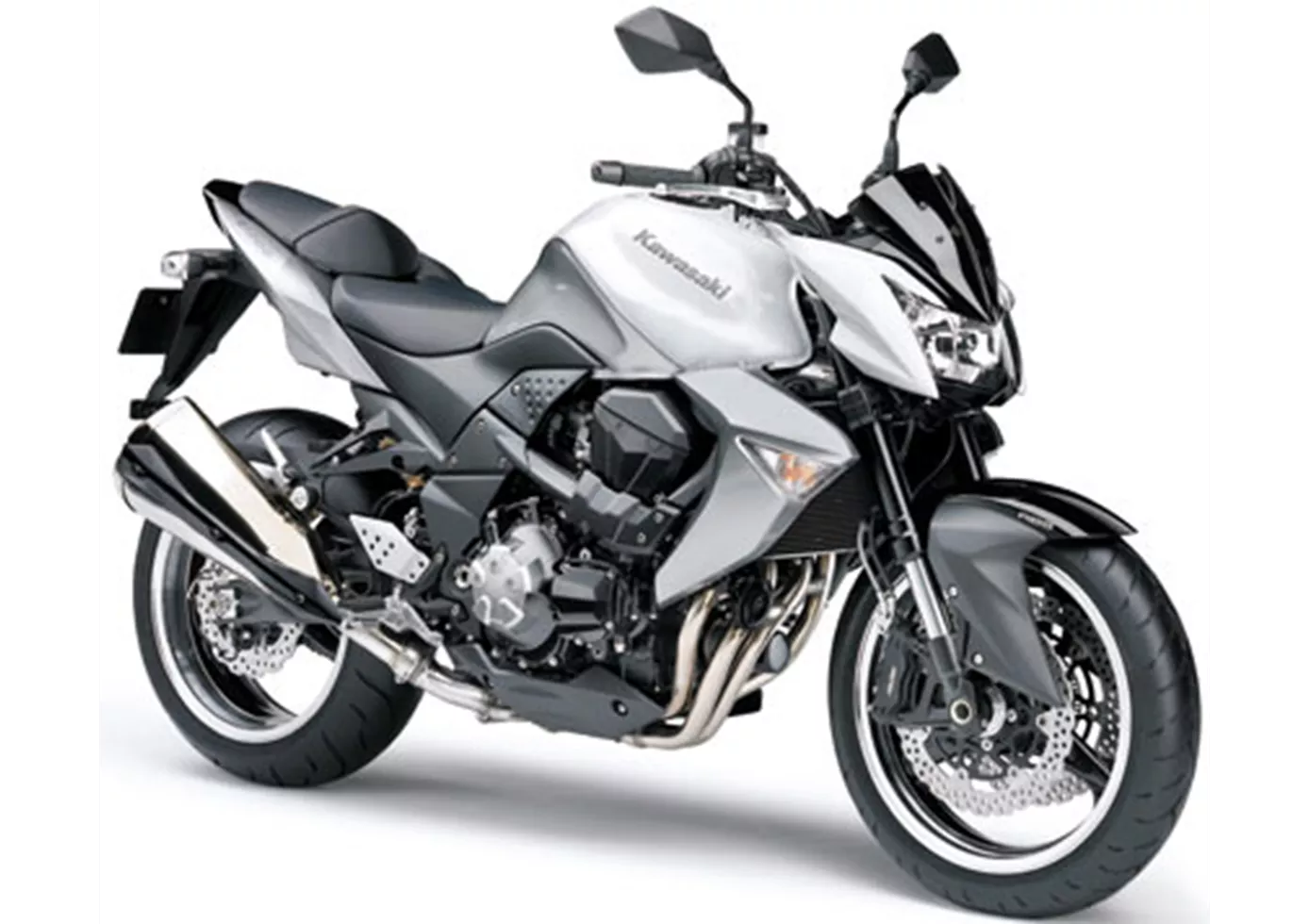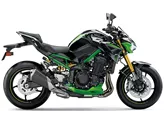Kawasaki Z1000 2009 vs. Kawasaki Z 800 2013

Kawasaki Z1000 2009

Kawasaki Z 800 2013
Visão geral - Kawasaki Z1000 2009 vs Kawasaki Z 800 2013
The Kawasaki Z1000 model year 2009 and the Kawasaki Z800 model year 2013 are both naked bikes from Kawasaki, known for their powerful performance and aggressive styling. While they share some similarities in terms of engine type, cooling system, and number of cylinders, there are also notable differences between the two models.
In terms of engine specifications, the Kawasaki Z1000 2009 is equipped with an inline-four engine that produces 125 horsepower and 98.7 Nm of torque. On the other hand, the Kawasaki Z800 2013 also features an inline-four engine but with slightly lower power output at 113 horsepower and 83 Nm of torque. This means that the Z1000 has a higher power advantage over the Z800.
Both models have liquid cooling systems to ensure optimal engine temperature during operation. This is important for maintaining engine performance and longevity. Additionally, both bikes have a displacement of over 800cc, with the Z1000 having a larger displacement at 953cc compared to the Z800's 806cc.

Kawasaki Z1000 2009
In terms of chassis, both bikes feature a steel frame construction, providing stability and durability. However, the Z1000 2009 has a central tube frame design, while the Z800 2013 has a double cradle frame design. The choice of frame design can affect the handling characteristics of the bike.
Both models are equipped with dual disc brakes at the front, using petal technology. This ensures efficient and reliable braking performance, allowing for confident stopping power. The diameter of the front and rear tires is the same for both bikes, measuring 17 inches.
In terms of dimensions and weights, both bikes have a similar wheelbase of 1445mm, providing stability and agility. However, there are slight differences in seat height and weight. The Z1000 2009 has a seat height of 820mm and weighs 228kg, while the Z800 2013 has a slightly higher seat height of 834mm and weighs 229kg. These differences may affect the comfort and maneuverability of the bikes for different riders.
When it comes to fuel capacity, the Z1000 2009 has a larger fuel tank with a capacity of 18.5 liters, compared to the Z800 2013's 17-liter fuel tank. This means that the Z1000 has a slightly longer range before needing to refuel.

Kawasaki Z 800 2013
In terms of strengths, the Kawasaki Z1000 2009 is known for its relatively high power output, powerful appearance, comfortable riding position, excellent chassis, and acceptable price. On the other hand, the Kawasaki Z800 2013 is praised for its attractive and robust appearance, confident acceleration, relaxed geometry, and powerful brakes.
However, both models also have their weaknesses. The Z1000 2009 is criticized for its uncontrollable instrument unit and partial manual force required. On the other hand, the Z800 2013 has limited legroom, which may restrict the freedom of movement for some riders.
In conclusion, the Kawasaki Z1000 2009 and the Kawasaki Z800 2013 are both impressive naked bikes with their own unique strengths and weaknesses. The Z1000 offers more power and comfort, while the Z800 has a more attractive appearance and confident acceleration. Ultimately, the choice between the two models will depend on the rider's preferences and priorities.
Especificações técnicas Kawasaki Z1000 2009 em comparação com Kawasaki Z 800 2013
Prós e contras em comparação
Prós e contras em comparação
Kawasaki Z1000 2009

A Kawasaki fez bem em repensar e reconstruir a Z1000 a partir do zero. Foi-lhe dada uma alma negra cujas raízes estão nos (in)bons velhos tempos, mas parece mais genuína e coesa graças ao seu desenvolvimento independente. A Kawa fez justiça a si própria e aos desejos dos seus clientes a um nível elevado. Em suma, um produto corajoso para motociclistas corajosos.
Kawasaki Z 800 2013

No geral, a Z800 teve um desempenho sensacional. Considerando o facto de que nada foi alterado ou optimizado no veículo para além do silenciador traseiro Remus, o resultado final foi excelente.
Comparação de preços Preço médio de mercado Kawasaki Z1000 vs Kawasaki Z 800
There are a few key differences between a Kawasaki Z1000 2009 and a Kawasaki Z 800 2013. In terms of price, the actual average price of a Kawasaki Z 800 2013 is about 18% higher. Compared to Kawasaki Z 800 2013 there are more Kawasaki Z1000 2009 bikes available on the 1000PS.de Marketplace, specifically 10 compared to 7. It takes less time to sell a Kawasaki Z 800 with 56 days compared to 63 days for the Kawasaki Z1000. Since model year 2005 1000PS.de editors have written 41 reviews for the Kawasaki Z1000 and 11 reviews for the Kawasaki Z 800 since model year 2013. The first review for the Kawasaki Z1000 was published on 02/09/2002 and now has more than 5 800 views. This compares to more than 8 100 views for the first review on Kawasaki Z 800 published on 06/09/2012.


















